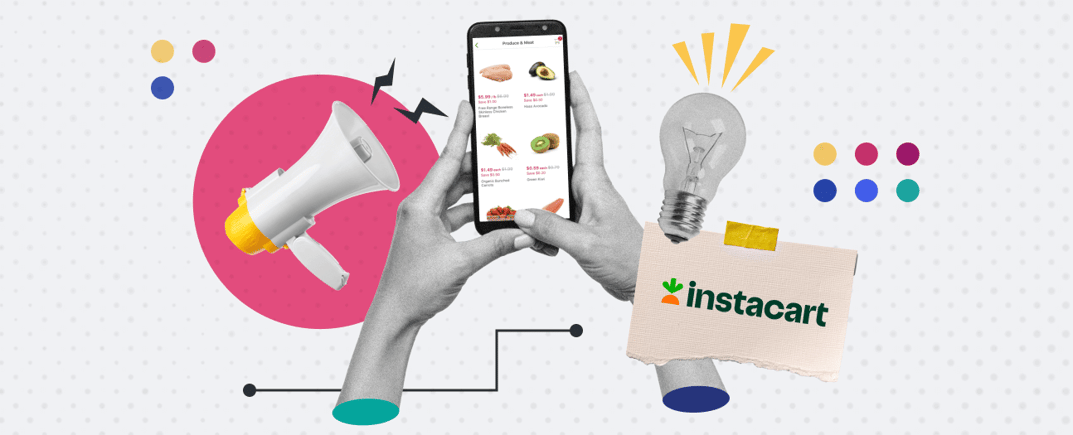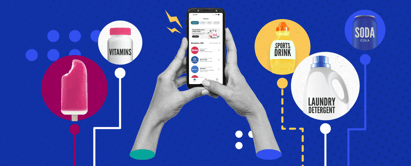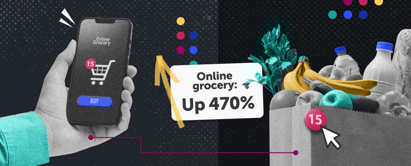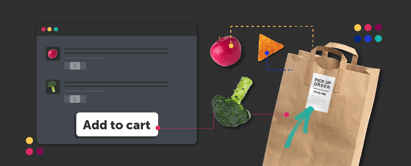When the COVID-19 pandemic hit, Instacart chief revenue officer Seth Dallaire said that e-commerce growth he’d predicted would happen over the course of three years happened over the course of three weeks. Speaking at a presentation on “New Advertising Opportunities and the Evolving Customer Journey” at the 2021 Groceryshop conference, Dallaire said his company is working to help brands rise to the challenge of this massive shift in shopper behavior.
“On the advertising side, we were working with brands to explain how customers are shopping for groceries,” Dallaire said. “It’s a different journey than when someone shows up in person and walks through a brick-and-mortar grocery store.”
Instacart is becoming a retailer-agnostic media network, working to educate brands and retailers on how to speak to consumers while providing data on how they are shopping online. Dallaire said brands have already begun developing sophisticated e-commerce strategies, but they want to understand how their performance differs across platforms.
“We’ve been building our capabilities from the ground up and we’ve made good progress so far,” he said. “We’ve launched a self-service platform. We’re looking to develop more capabilities. We’ve been really focused on the transactional, lower funnel areas of the site.”
Many Instacart shoppers use search as a primary method of product discovery and the purchase adjacencies can be fundamentally different from what you’d see in a typical brick-and-mortar transaction. Instacart is working on developing graphical displays of units to help build categories, creating a digital experience that’s similar to what a customer might find in a physical store.
“Bringing a new product to market in the digital environment, there’s all sorts of machine learning that might help a consumer discover a product,” Dallaire said. “If it’s a new product or a variant of an existing brand and it doesn’t have that history, how do we introduce it? Innovation is well understood in brick and mortar, but completely different in digital.”
The e-commerce company is working closely with brands to understand the insights they are hoping to gather from a campaign and how they’re measuring success. Brands need to have different expectations in e-commerce than they might in brick-and-mortar since a stable category leader in one channel may actually be experimenting with innovation to build market share in another. Instacart is also working with retailers to meet their shoppers' demand for convenience.
“If the consumer’s expectation is that she’ll be able to shop online or in person and some stores offer full omnichannel capability, that’s meeting consumer expectations,” Dallaire said. “If you don’t, or if there are areas where you’re not offering those things, consumers may shop elsewhere.”
Dallaire said his 17-year-old son views two-day shipping as slow and gets frustrated if he can’t get food, a ride, music or anything else he wants immediately on his phone.
“The consumer’s expectation of convenience will only increase over time,” Dallaire said. “That’s what we’re focused on working on.”
Learn about the challenges of efficiently managing and measuring multiple retail media platforms by watching Ibotta vice president of data and media Thomas Benedict's presentation at the Path to Purchase Institute's Retail Media in Action Forum here.



